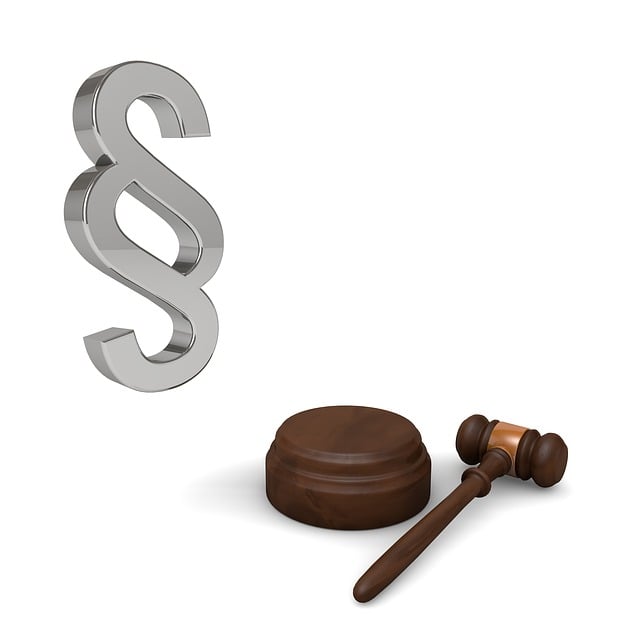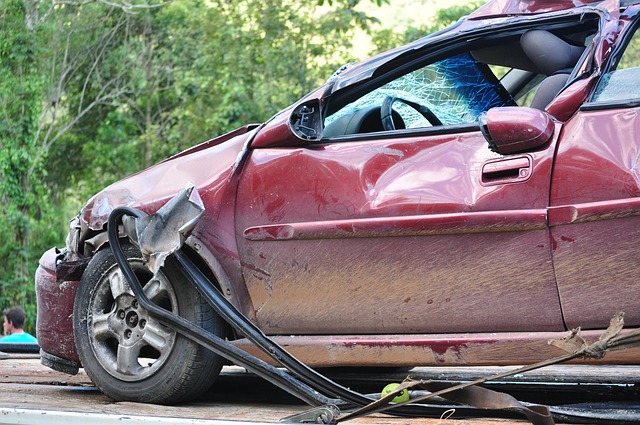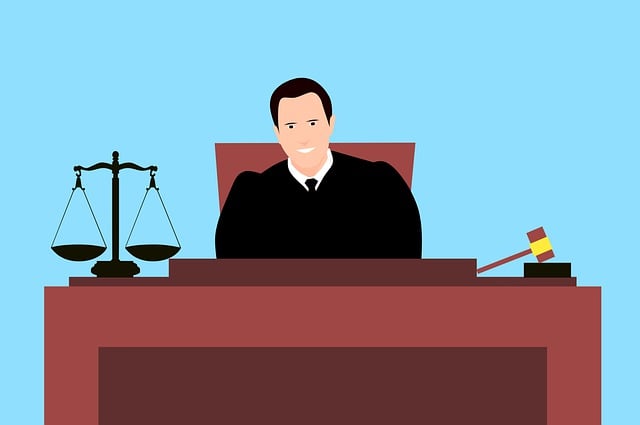Cyclists face a disproportionate risk of hit-and-run incidents, leading to severe injuries and trauma, lengthy rehabilitations, and financial stress. Current laws are often inadequate in protecting cyclists, with lenient penalties and difficulties in prosecution. Stricter laws with harsher penalties, closing loopholes, and improved driver education are needed to enhance road safety for cyclists and deter criminal behavior, addressing the devastating impact on victims and their families.
“In the ongoing pursuit of safer streets for cyclists, the issue of ‘bicycle hit and run’ incidents demands heightened attention. This compelling article delves into the devastating impact these incidents have on vulnerable riders, exposing the vulnerabilities in current legal frameworks.
We explore why existing laws often fail to protect cyclists adequately and present a strong case for proposed reforms advocating tougher penalties, improved victim support, and enhanced driver accountability.”
- The Impact of Hit and Run Incidents on Cyclists
- Why Current Laws Are Insufficient for Cycling Safety
- Proposed Reforms for Stricter Hit and Run Legislation
The Impact of Hit and Run Incidents on Cyclists

Cyclists, often viewed as a vulnerable road user group, bear an disproportionate brunt of hit-and-run incidents. These accidents not only cause significant physical injuries but also leave profound psychological scars on survivors. The impact extends beyond immediate trauma; cyclists may face lengthy rehabilitation processes, impacting their ability to return to work or engage in everyday activities they once took for granted. Property damage claims often add financial strain on victims, further complicating their recovery process.
Moreover, hit-and-run incidents erode public trust in road safety and contribute to a culture of impunity for drivers who choose to flee the scene. This phenomenon is not limited to urban settings; even suburban areas and, alarmingly, nursing home surroundings see a fair share of such cases. The aftermath can be devastating for families left to grapple with client recovery while seeking justice for their loved ones. Strengthening hit-and-run laws and penalties can act as a deterrent, fostering a sense of accountability among drivers and ultimately making roads safer for cyclists.
Why Current Laws Are Insufficient for Cycling Safety

Current laws regarding bicycle hit and run incidents often fall short of protecting cyclists on the road. While many jurisdictions have specific regulations in place to address such cases, these laws are frequently insufficient to deter criminals or provide adequate justice for victims. The issue lies in the lack of stringent penalties and the challenges associated with identifying and prosecuting offenders. Many auto accident lawyers argue that partnership disagreements between law enforcement, prosecutors, and cycling advocacy groups hinder effective prosecution rates.
Cyclists face unique risks on the road, making them vulnerable to hit and run incidents due to their exposure and relative vulnerability compared to motor vehicle occupants. A car accident lawyer specializing in bicycle cases would attest that these accidents often result in severe injuries or even fatalities. Strengthening laws to include stricter penalties for hit and run offenses, especially when involving cyclists, is crucial to deterring criminals and ensuring the safety of everyone sharing the roads.
Proposed Reforms for Stricter Hit and Run Legislation

The current laws surrounding bicycle hit and run incidents often fall short of protecting cyclists, leading to a call for more stringent reforms. Proposed changes include increasing penalties for offenders, with stiffer fines and potential jail time, especially in cases where injuries or fatalities occur. Currently, many jurisdictions have loopholes that allow drivers to evade consequences, particularly when they leave the scene without providing aid or contacting authorities.
Reforms also suggest mandating stricter reporting protocols, requiring all drivers involved in non-fatal accidents, including bicycle collisions, to notify the appropriate authorities. Some advocates propose implementing a system of enhanced driver education and training programs that emphasize shared road safety, aiming to foster greater awareness and responsibility among all users, including those operating motor vehicles and bicycles. These measures aim to address the issue of bicycle hit and run more comprehensively, ensuring cyclists’ safety and holding drivers accountable for their actions.
Cyclist safety advocates argue that current laws are often inadequate in holding drivers accountable for hit-and-run incidents. Proposed reforms aim to strengthen legislation, ensuring stiffer penalties and better protection for cyclists on the road. By implementing stricter measures, these changes could significantly reduce bicycle hit-and-run cases and promote a safer environment for all road users.





